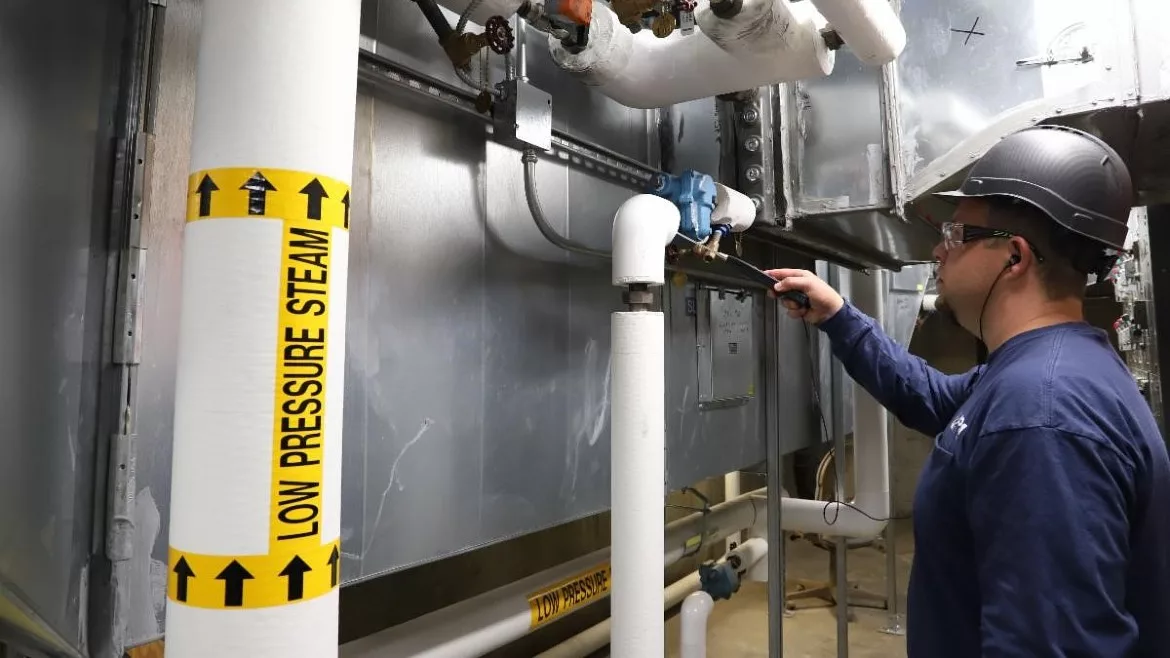Announcements
American Plant Maintenance Offers Steam Trap Survey Services

Image courtesy of APM Steam.
American Plant Maintenance (APM Steam) has introduced steam trap survey services.
These services can be used to create a full inventory of steam traps in a facility’s steam system, identify failing traps and uncover steam trap station issues that negatively impact the delivery of thermal energy through the steam system and the proper removal of condensate.
APM Steam experts conduct steam trap surveys to test and document operational status using ultrasound and temperature differentials. Survey data provides a complete trap inventory and system information in a report outlining findings and recommendations, a synopsis of results and a return-on-investment calculation that compares replacement costs with losses associated with failed traps. The report also includes trap application problems and specific recommendations for trap and trap station improvements.
Throughout the survey, APM Steam field technicians evaluate elements surrounding the steam trap, including isolation valves, inlet strainers, strainer blowdown valves, outlet check valves, trap station bypasses, test valves and sight glass flow indicators. The survey also evaluates all features of a properly working trap station that allows technicians to work on it safely without being exposed to live steam present in the system. These issues could prevent technicians from repairing without requiring a disruptive facility shutdown.
APM Steam’s steam trap surveys tag each trap with a sequentially numbered stainless-steel tag and a wire hanger, enabling the user to find any specific trap in their system quickly. Included in each survey is documentation of trap location, application, steam pressure, manufacturer, model and technology. Pipe size and trap size, connection type, inlet and outlet temperature, and comments about existing installation are also documented. This detailed information helps set the stage for repairs by highlighting any access issues, confined space requirements, and need for a lift, as well as listing any other failed components or potential repair issues.
APM Steam’s steam trap survey also includes a detailed return on investment calculation, which includes the cost of the survey, replacement steam traps for those traps found to be deficient and estimated labor to install the replacement traps. These costs are then compared to the losses associated with the traps found to be failed closed, leaking or failed open. Trap application problems and specific recommendations for trap and trap station improvements are also included. Facility managers can review the payback period to determine whether a project is worth pursuing. Many facilities find that repair projects pay for themselves in less than a year.
Looking for a reprint of this article?
From high-res PDFs to custom plaques, order your copy today!




